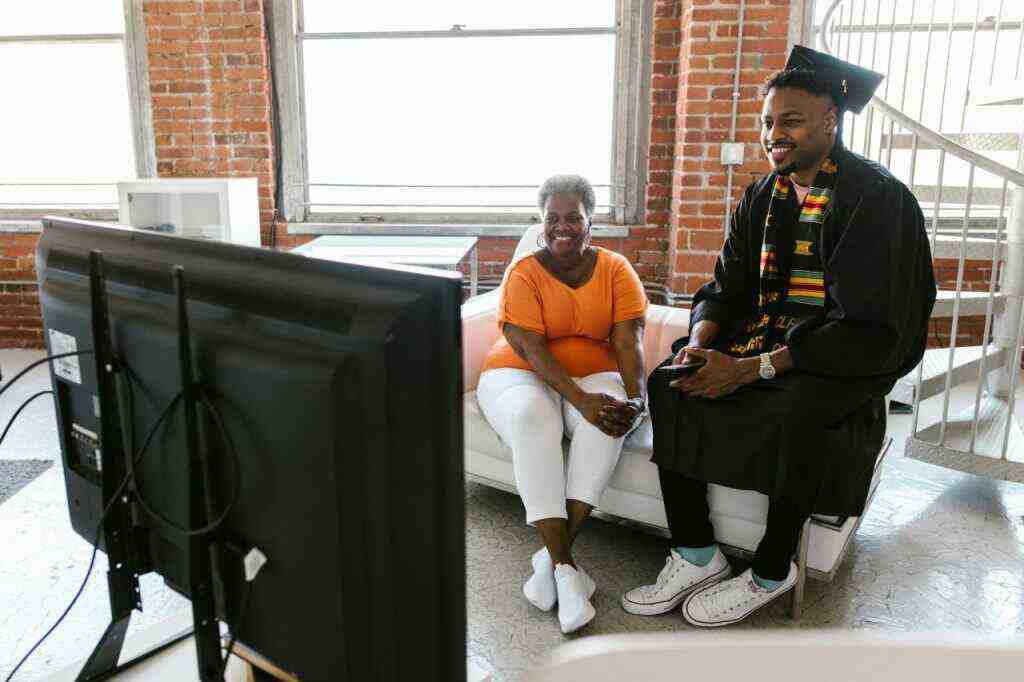The Transformation of TV Advertising in the Beauty Industry: A Comprehensive Analysis
Introduction
The beauty industry has long harnessed the power of television to forge connections with consumers and promote its offerings. From iconic slogans to visually captivating campaigns, TV advertising has played a pivotal role in shaping the industry’s landscape. However, the modern landscape of TV advertising has undergone a profound metamorphosis, with new platforms and consumer habits challenging traditional approaches. This comprehensive analysis delves into the evolving state of TV advertising in the beauty industry, examining the driving forces behind change, the impact on marketing strategies, and the emergence of innovative trends.
The Decline of Traditional TV Advertising
The rise of streaming services, on-demand content, and digital platforms has led to a decline in traditional TV viewership. This trend has significantly impacted the effectiveness of TV advertising, as fewer consumers are exposed to commercials during live TV broadcasts. According to a 2023 report by the Interactive Advertising Bureau (IAB), traditional TV advertising revenue declined by 15% in 2022, marking the second consecutive year of decline.
Fragmentation of the Audience
The proliferation of streaming services and digital platforms has resulted in a fragmented audience, with consumers increasingly choosing to consume content on their own terms. This fragmentation poses challenges for beauty brands seeking to reach their target audience through traditional TV advertising. With viewers dispersed across multiple platforms, brands must carefully consider their media mix to ensure they are reaching the right consumers at the right time.
Ad Blocking and Commercial Avoidance
The rise of ad-blocking technology and the growing trend of commercial avoidance have further eroded the effectiveness of traditional TV advertising. Consumers are increasingly using ad-blocking software to block unwanted commercials, while others simply fast-forward through commercials or skip them entirely. This makes it more challenging for beauty brands to deliver their messages to consumers and can lead to decreased brand awareness and sales.
The Rise of Digital Advertising
As traditional TV advertising has declined, beauty brands have increasingly turned to digital advertising to reach their target audience. Digital platforms, such as social media, online video, and influencer marketing, offer a more targeted and cost-effective way to reach consumers. These platforms allow brands to tailor their messages to specific demographics, interests, and behaviors, resulting in higher engagement and conversion rates.
Social Media Marketing
Social media platforms, such as Facebook, Instagram, and TikTok, have become powerful tools for beauty brands to connect with consumers and promote their products. These platforms allow brands to share visually appealing content, engage in real-time conversations with customers, and drive traffic to their websites. Influencer marketing, where brands collaborate with popular social media personalities to promote their products, has also become a popular way to reach a wider audience and generate buzz.
Online Video Advertising
Online video platforms, such as YouTube and Vimeo, have also emerged as key channels for beauty brands to reach their target audience. These platforms allow brands to create and share engaging video content, such as tutorials, product reviews, and behind-the-scenes footage. Video advertising on these platforms can be highly effective, as it allows brands to showcase their products in a dynamic and engaging way.
Programmatic Advertising
Programmatic advertising has become a popular way for beauty brands to automate and optimize their digital advertising campaigns. Programmatic advertising platforms use artificial intelligence (AI) and machine learning algorithms to analyze consumer data and deliver targeted ads in real time. This approach allows brands to reach the right consumers at the right time with the right message, resulting in improved campaign performance and ROI.
The Convergence of Traditional and Digital Advertising
While traditional TV advertising has declined, it is still an important part of the marketing mix for many beauty brands. However, brands are increasingly integrating traditional and digital advertising to create a cohesive and effective marketing strategy. This convergence of traditional and digital advertising allows brands to leverage the strengths of each medium to reach a wider audience and achieve their marketing objectives.
The Future of TV Advertising in the Beauty Industry
The future of TV advertising in the beauty industry is uncertain, but several trends are likely to shape its evolution. These trends include:
Increased Focus on Personalization
Beauty brands will increasingly focus on personalization to deliver more relevant and engaging advertising messages to consumers. This will involve leveraging consumer data to tailor advertising content, offers, and recommendations to individual preferences and behaviors.
Integration of Advanced Technologies
Advanced technologies, such as AI, machine learning, and augmented reality (AR), will play a greater role in TV advertising. These technologies will enable brands to create more interactive and immersive advertising experiences, such as personalized product recommendations, virtual try-ons, and interactive games.
Growth of Addressable Advertising
Addressable advertising, which allows brands to deliver targeted ads to specific households or individuals, will continue to grow in popularity. Addressable advertising provides a more efficient and effective way to reach consumers and can lead to improved campaign performance and ROI.
Conclusion
The state of TV advertising in the beauty industry has undergone a significant transformation in recent years. The decline of traditional TV viewership, the rise of digital advertising, and the convergence of traditional and digital advertising have created a new landscape for marketers. Beauty brands must adapt to these changes by embracing digital platforms, leveraging advanced technologies, and personalizing their advertising messages to reach their target audience and achieve their marketing objectives.
